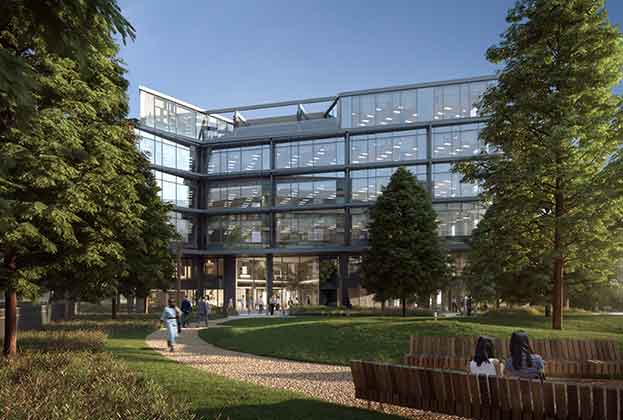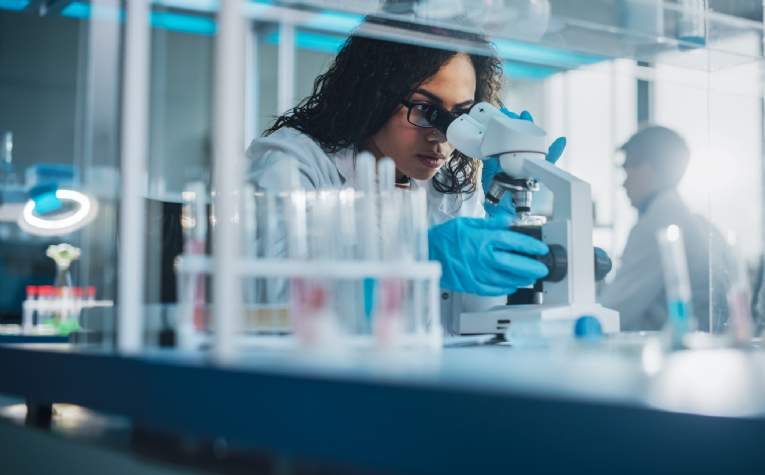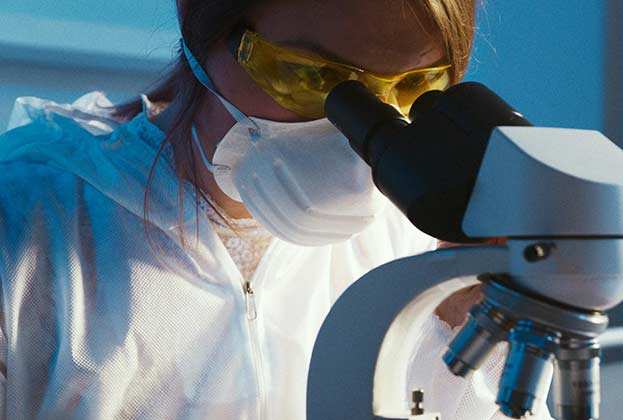Oxford’s reputation as a global life science hotspot has strengthened in recent years as it continues to attract a range of occupiers, increase its supply of suitable real estate and see growing venture capital (VC) investment.
The world famous Oxford University has of course had a role to play, generating as many as 300 spin-outs with a considerable value of £6.4 billion since 2015. Supported by Oxford Science Enterprises (OSE), the fund created to nurture home-grown talent, it has triggered a huge growth in start-ups across the city. In fact, the fund’s portfolio of companies are now estimated to occupy over 500,000 sq ft of space across the county alone.
VC raising in Oxfordshire over the past five years has averaged £638 million per annum, in 40 sub-sectors with the prevalent sectors being life science (particularly oncology), manufacturing and TMT. In H1 2023, over £95 million was raised by six different Oxford based companies. This fundraising supports business development, commercialisation, allows companies to gain access to talent expertise and, more importantly, the right space. However, the lack of available supply remains a considerable sticking point.
In the short term, schemes on Oxford Science Park, Abingdon Science Park and along Botley Road should provide approximately 160,000 sq ft of much needed new purpose built lab space, with the first of this to be delivered in Q4. Longer term, there is around two million sq ft of lab accommodation being delivered between now and the end of 2025, with a further 2.5 million sq ft by the end of 2027 (some of which is subject to planning).
This timeline unfortunately does not align with the growth aspirations of many companies. One example is Brill Power, a firm that revolutionises battery performance working at the cutting edge of energy storage, power electronics, and battery software. The business raised $10.5 million in series A financing in July 2022 after spinning out of Oxford University in 2016. This fundraising supported new product development and team growth which led to additional space requirement. Savills was instructed in the search for lab space in the city centre, of which none met the timescales needed. Eventually, an off market opportunity was identified; a former comedy club that was converted into office space by the landlord. Brill moved into the space in Q2 this year after fitting out the property as dry laboratory space. The repurposing of other spaces is an increasing trend in the market as occupiers face limited options, especially in key markets such as Oxford city centre and ring road.
While this is a viable option for some, it does require capital expenditure upfront which many businesses don’t have, so the demand for fitted solutions continues and the development of new space remains critical.
The wider global macro-economic situation has meant the funding market has been facing a tougher environment than previous years. However, although the scale of capital being raised fell in 2022, we will continue to see property requirements come through from those who raised significant funds in 2021 and are now ready to make real estate decisions.
Ultimately, VC firms and the funds they provide these companies are vital to the success of the Oxfordshire market as they continue to enable growth. The recent tightening in VC funding has impacted the level of demand slightly, however they have remained robust. While the lack of short-term space may be problematic, the city should be well equipped to cater to the science firms of the future.
Further information
Contact Liv Thomas
Spotlight: Golden Triangle Offices & Laboratories
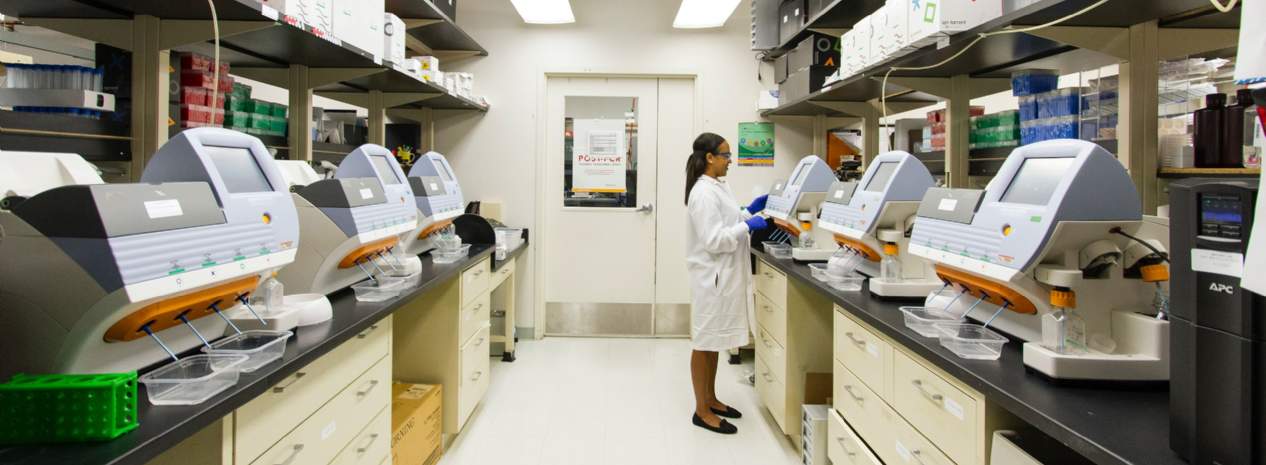
.jpg)
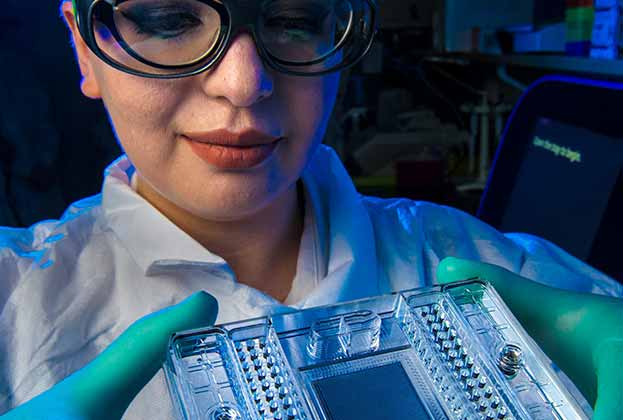
.jpg)
.jpg)

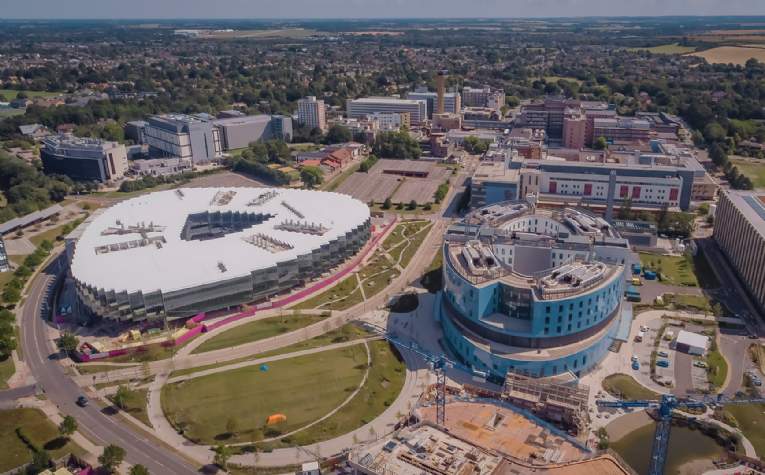
.jpg)
